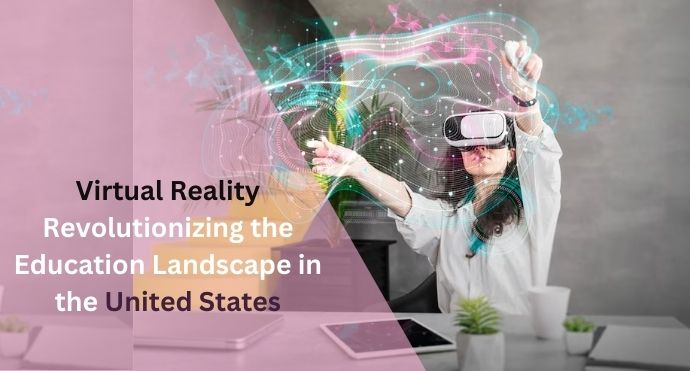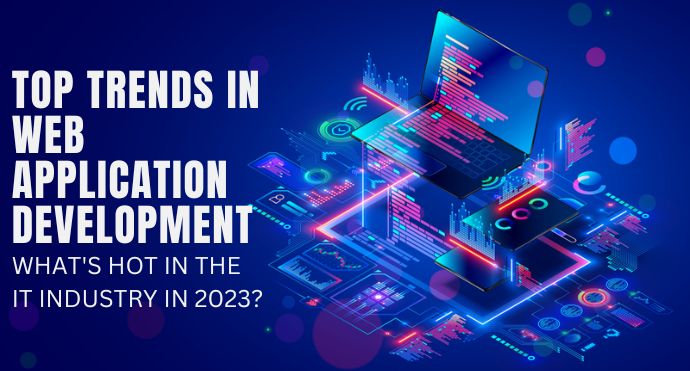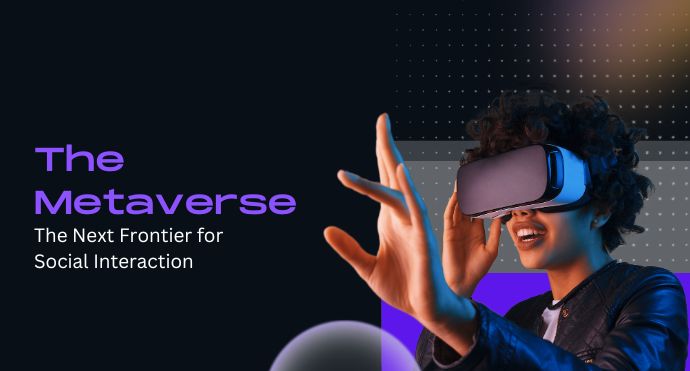In recent times, the integration of virtual reality (VR) technology into colorful diligence has been nothing short of revolutionary. One area that has seen significant metamorphosis is education, where VR is reshaping the way scholars learn and engage with educational content. The United States, a global leader in technological invention, has been at the van of this educational revolution, employing the power of virtual reality to produce immersive and interactive literacy gests like noway ahead.
The Rise of Virtual Reality in U.S. Education
According to a report by Statista, the global virtual reality in education request is projected to reach a value of$ 700 million by 2025. The United States accounts for a significant portion of this growth, with educational institutions across the country espousing VR results to enhance literacy issues.
| Year | Global VR in Education Market Value (in Millions) | U.S. Market Share (%) |
| 2021 | $300 | 40 |
| 2022 | $450 | 45 |
| 2023 | $600 | 50 |
| 2024 | $700 | 55 |
| 2025 | $800 | 60 |
Breaking Down Geographical Walls
Let’s claw into a real-life illustration to understand how VR is breaking down geographical walls in education. Consider a high academy in a pastoral area of Texas. Traditionally, organizing a field trip to a famed wisdom gallery in New York City would be logistically grueling and precious. still, with VR technology, scholars can now take a virtual field trip to the gallery, exploring shows and engaging with educational content as if they were physically present.
Immersive Literacy Surroundings
Research conducted by the New Media Consortium Horizon Report suggests that scholars retain information better through existential literacy. In the United States, the University of California, Los Angeles( UCLA) has integrated VR into medical education. Medical scholars can nearly step into a 3D representation of the mortal body, allowing them to fantasize complex anatomical structures and understand medical procedures in a further engaging way.
Substantiated Learning Paths
Adaptive literacy is gaining traction in U.S. education, and VR is amplifying its effectiveness. In a study by EdSurge Research, scholars who used VR for learning mathematics showed a 34 increase in test scores. VR operations acclimatize to individual literacy paces and give instant feedback, helping scholars grasp generalities more efficiently. This substantiated approach is particularly salutary in addressing the different literacy requirements of scholars across the United States.
Enhancing Collaboration and Social Chops
Contrary to the misconception that VR isolates individualities, it can actually foster collaboration and social commerce. Case in point a design conducted by Stanford University in cooperation with Oculus VR. scholars from different countries banded on a virtual drugs trial, where they could manipulate variables and observe issues in real-time. This not only strengthened their understanding of drug generalities but also bettered their cooperation and communication chops.
Empowering Practical Skill Development
The United States is known for its emphasis on practical education. VR is revolutionizing vocational training by furnishing realistic simulations. For illustration, Lincoln Tech, a vocational academy with premises across the U.S., uses VR to educate automotive form chops. scholars can exercise diagnosing and fixing virtual auto machines, gaining practical experience before working with real vehicles.
Prostrating Limitations and Enhancing Availability
VR is also making education more accessible. scholars with disabilities can profit immensely from immersive gests that feed their requirements. In collaboration with the National Federation of the Blind, Oculus VR developed VR gests that enable visually disabled scholars to explore and learn about the world through sound and touch. This inclusionary approach aligns with the U.S. commitment to accessible education for all.
Challenges and Results
While VR holds immense eventuality, challenges similar to costs, specialized structure, and happy quality need to be addressed. Educational institutions, along with government enterprises, can unite to give subsidized VR results and produce guidelines for high-quality educational VR content.
Conclusion:
Virtual reality’s impact on the education geography in the United States is transformative. As technology continues to evolve, preceptors are chancing innovative ways to work VR’s implicit to produce dynamic, effective, and engaging literacy gests. By breaking down geographical walls, furnishing immersive surroundings, bodying literacy paths, fostering collaboration, empowering practical skill development, and enhancing availability, virtual reality is reshaping education into a further inclusive, interactive, and poignant bid. The United States stands at the van of this transformative trip, employing the power of VR to prepare scholars for a future where technology and invention are consummate.




Hi i am kavin, its my first time to commenting anyplace, when i
read this article i thought i could also make comment due to this good article.